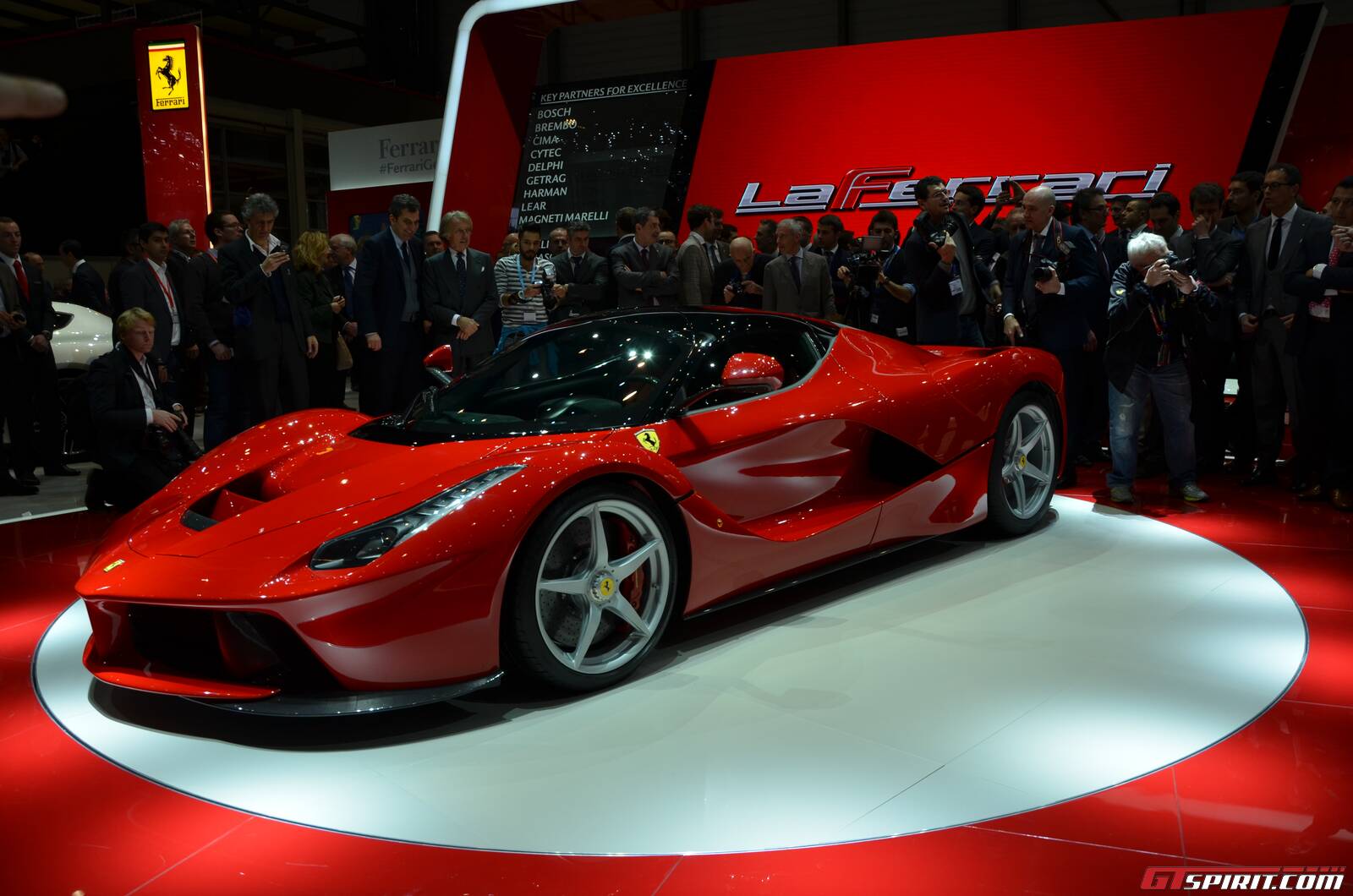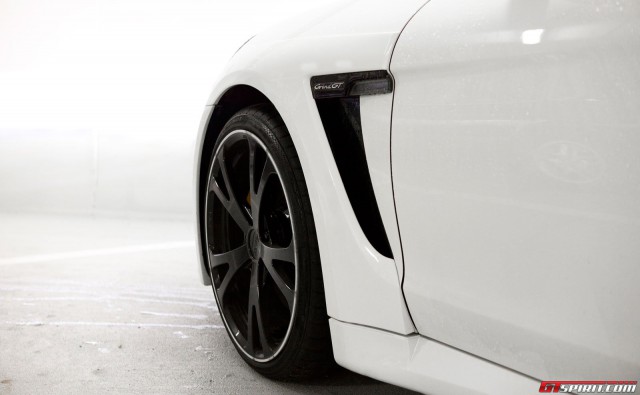Nissan GT-R fans, you can chill out or relax—or even chillax, if that’s your thing. While it’s true that the standard 2015 GT-R is slightly toned down, it’s not as though the automaker chiseled off the super coupe’s hard edges. Think of them instead as sanded down by microns, an ever-so-slight reversal of course enabled by the fact that there now exists the baddest-ass Godzilla the world has ever seen: the new GT-R NISMO.

As for that “softening,” it isn’t necessarily a bad idea to tame the all-wheel-drive super coupe a bit—remember that current GT-R customers are advised that they needn’t take their car to the dealer because of the uncouth noises it makes. Here’s what’s different for the non-NISMO car: The suspension gets new spring rates, re-valved shocks, and a softer, hollow 34-mm front anti-roll bar, while the bushings are softer in the vertical plane. New tires—measuring 255/40-20 up front and 285/35-20 at the rear, and still branded as Dunlop SP Sport Maxx GT 600 DSST CTTs—have stiffer sidewalls and are said to be not so much softer as more compliant.
In fact, “compliance” might be the overarching theme of the new GT-R. Nissan engineers admit they found many circumstances in which a slightly squishier suspension could be just as effective, and possibly more so, on pavement that’s less than dead smooth; as they put it, a “more compliant suspension means more traction on a wider selection of roads.” For reference, the bogeys in this regard were the Porsche 911 and various Mercedes-AMG models.
Nissan added more sound-deadening material as well as a Bose noise-cancelling program for the sound system, all the better to quiet the cabin. It hasn’t been turned into anything close to an anechoic chamber or anything, but it will be a little more livable for long hauls and should improve the quality of those mechanical sounds that still filter through to occupants’ ears. For all the chassis changes in the 2015 GT-R, there are very few visual differences, mainly new headlamps lit via LEDs and some minor material changes inside. (Read more about the 2015 GT-R.)
And Now for Something Completely NISMO
Of course, the GT-R NISMO heads in the opposite direction. The aim was to set a Nürburgring Nordschleife lap record for what Nissan calls “volume production cars,” the word “volume” allowing the maker to disavow the production-car crown recently grabbed by Porsche’s limited-run 918 Spyder at 6 minutes, 57 seconds. That is not to take anything away from this wicked GT-R, however, which ran ’round the ’Ring in 7 minutes, 8.679 seconds when fitted with special track options the company will sell to whoever ponies up enough cash. (Nissan promises you’ll be able to own a GT-R like the lap car for under $200K.)

Nissan GT-R fans, you can chill out or relax—or even chillax, if that’s your thing. While it’s true that the standard 2015 GT-R is slightly toned down, it’s not as though the automaker chiseled off the super coupe’s hard edges. Think of them instead as sanded down by microns, an ever-so-slight reversal of course enabled by the fact that there now exists the baddest-ass Godzilla the world has ever seen: the new GT-R NISMO.
As for that “softening,” it isn’t necessarily a bad idea to tame the all-wheel-drive super coupe a bit—remember that current GT-R customers are advised that they needn’t take their car to the dealer because of the uncouth noises it makes. Here’s what’s different for the non-NISMO car: The suspension gets new spring rates, re-valved shocks, and a softer, hollow 34-mm front anti-roll bar, while the bushings are softer in the vertical plane. New tires—measuring 255/40-20 up front and 285/35-20 at the rear, and still branded as Dunlop SP Sport Maxx GT 600 DSST CTTs—have stiffer sidewalls and are said to be not so much softer as more compliant.

And Now for Something Completely NISMOIn fact, “compliance” might be the overarching theme of the new GT-R. Nissan engineers admit they found many circumstances in which a slightly squishier suspension could be just as effective, and possibly more so, on pavement that’s less than dead smooth; as they put it, a “more compliant suspension means more traction on a wider selection of roads.” For reference, the bogeys in this regard were the Porsche 911 and various Mercedes-AMG models. Nissan added more sound-deadening material as well as a Bose noise-cancelling program for the sound system, all the better to quiet the cabin. It hasn’t been turned into anything close to an anechoic chamber or anything, but it will be a little more livable for long hauls and should improve the quality of those mechanical sounds that still filter through to occupants’ ears. For all the chassis changes in the 2015 GT-R, there are very few visual differences, mainly new headlamps lit via LEDs and some minor material changes inside. (Read more about the 2015 GT-R.)
Of course, the GT-R NISMO heads in the opposite direction. The aim was to set a Nürburgring Nordschleife lap record for what Nissan calls “volume production cars,” the word “volume” allowing the maker to disavow the production-car crown recently grabbed by Porsche’s limited-run 918 Spyder at 6 minutes, 57 seconds. That is not to take anything away from this wicked GT-R, however, which ran ’round the ’Ring in 7 minutes, 8.679 seconds when fitted with special track options the company will sell to whoever ponies up enough cash. (Nissan promises you’ll be able to own a GT-R like the lap car for under $200K.)

Outside, the NISMO’s front end and side sills receive red trim and there are wider six-spoke wheels. More aesthetic wattage comes courtesy of the car’s aggressive aero package, which includes a reshaped front fascia, a new rear fascia, and a burly rear wing, all of which conspire to increase downforce by, it’s said, more than 220 pounds at 186 mph. Nissan’s stated coefficient of drag, however, remains same as that of the normal GT-R, at 0.26.The NISMO receives more power—595 horsepower and 481 lb-ft, up from 545 and 463—thanks to better breathing and larger turbos lifted from the GT-R GT3 race car. Bilstein DampTronic shocks with new Track, Race, and Race Plus modes are used all around, as are stiffer springs. New front links increase caster trail and both straightline and cornering stability. Dunlop supplies stickier 255/40-20 front and 285/35-20 rear tires, and beefier bolts have been employed in the wheel-hub attachment area to stiffen the assembly. Out back is a hollow, 17.3-mm anti-roll bar and the entire structure of the NISMO version is stiffened up by a claimed 8 percent using more adhesive bonding to complement additional seam welds.

Both GT-Rs use a six-speed dual-clutch automatic transmission. Asked whether having just six gears was a handicap in a world where many competitors offer more ratios, chief product specialist Hiroshi Tamura (an owner of a 600-hp R32) defended his car, as you’d expect, saying that the GT-Rs have very broad torque curves that make more gears unnecessary. He also opined that a performance car could have too many speeds, which takes some of the fun out of driving and can make it feel as if you’re operating a CVT.
GT-Vroom
Our driving experience started by covering a 24-mile route across the Japanese countryside in the “normal” GT-R. The changes made there were quickly apparent and a definable step toward emphasizing the “Grand Touring” portion of the GT-R badge. You notice them first in the lower noise level, and then in the ride; once you’ve clicked the suspension into Comfort setting, you get the impression that a coast-to-coast cruise is actually now possible. The nervousness and caged-beast feeling of the old GT-R are still there, they’ve just slipped into the background. You can still nail the gas pedal to summon the very soul of Godzilla, at which point you reel in the horizon at an astounding pace. At higher velocities, the steering wakes up with quicker responses and more-detailed feedback, although it does lighten up on-center a touch. The ride naturally degrades in the firmer shock settings, although the quality is more harmonious than before and the car feels much more secure and content when attacking narrow, twisting tarmac. Our main complaint: On lumpy or broken pavement, the wide tires cause the car to wander slightly as it follows surface imperfections, which means executing a fair number of minor steering corrections.

Our time in the NISMO was limited to just four laps on a non-technical 1.5-mile circuit outside Tokyo called the Sodegaura Forest Raceway. The aforementioned broad torque curve turned it into mainly a third-gear track, which meant we had little opportunity to explore the revised powertrain—although we can say with absolute clarity that it pulls hard—and the smooth surface and track configuration left the chassis tweaks behind a thin veil of secrecy. But even so, the NISMO’s more-tenacious grip was plainly evident as the car ran flatly and obediently through the corners. As with previous GT-Rs, one can have great fun putting the car into a slight drift through a turn before pinning the accelerator and allowing the all-wheel-drive system to catapult you onto the (very) short straights like Satan’s own slingshot. Of course, the checkered flag dropped on our session just as we were beginning to explore MechaGodzilla’s upper limits. At least we were able to ride shotgun for two hot laps in the sister machine to the ’Ring record NISMO. The take-away: It’s lots of fun, and it makes fantastic noises.

We don’t have 2015 prices, but suspect the normal GT-R will open at around the same $100,000 or so as the 2014 model. The NISMO premium will be roughly $50K, which shouldn’t pose a problem for the well-heeled track-day junkie with an aversion to the usual suspects from Maranello and Stuttgart. For those who live their lives in municipally maintained fast lanes, the standard car will again be offered in Premium, Black Edition, and Track Edition spec. Still chillaxing, GT-R aficionados? You might want to snap to attention, so you can get your name down in the 2015 order book.











































































